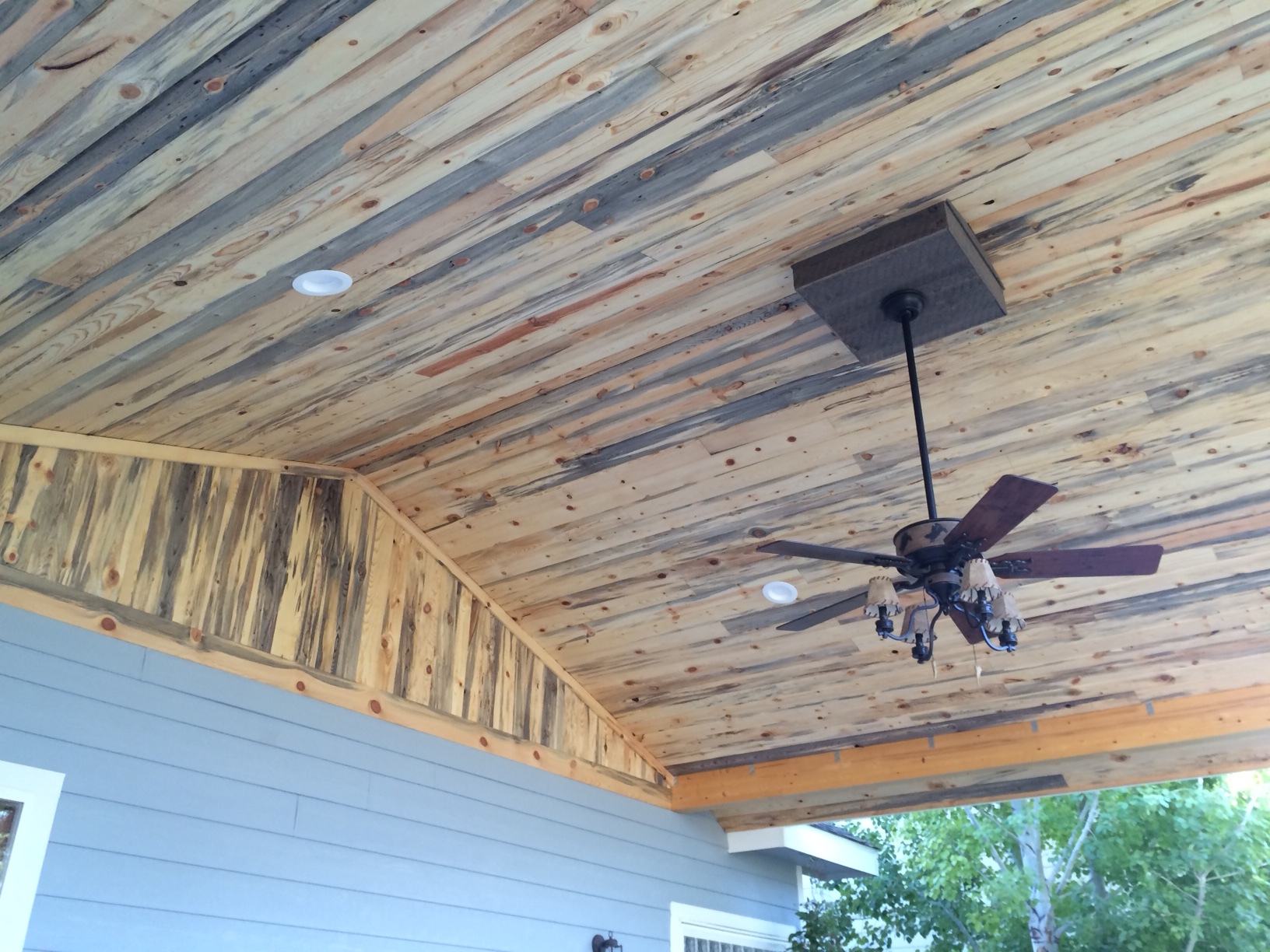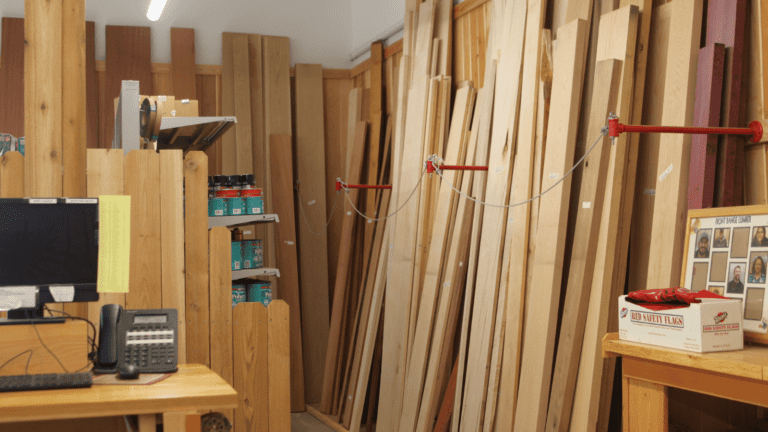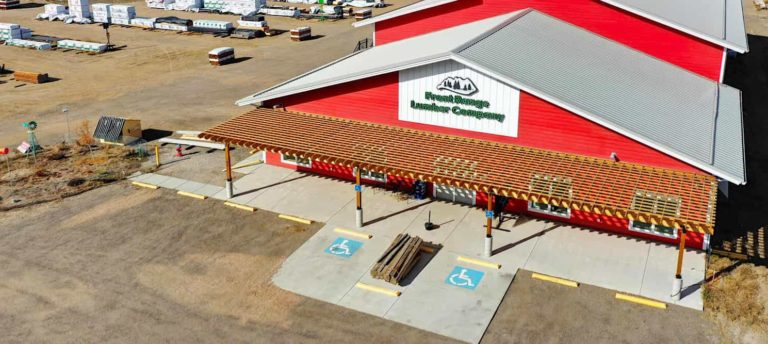Keep your home looking beautiful with our wood siding care and maintenance advice.
Wood siding care and maintenance can keep your home looking great! Pressboard siding also called synthetic wood siding, or hardboard (not to be confused with HardiePlank®) siding, is mainly comprised of wood fibers, flakes or chips that are held together by glues and resins.
This type of siding was extremely popular from the 1980s to mid-1990s as a low-cost alternative to other existing house sidings.
Pressboard siding naturally absorbs water and swells slightly, but with proper installation and ongoing maintenance that absorption rate can be kept to a low level.
The real trouble occurs from improper installation. Improperly installed hardboard siding can undergo serious deterioration including buckling, rotting, softening, blistering, severe swelling, mildew, and insect infestation.
Water passes through improperly caulked joints, sunken nail holes and the cut edges that are located near the ground (or roofline/flashing). Waterlogged sidings will eventually form bulges, swellings, mildew and finally rot.
Direct application of the pressboard siding onto masonry materials also allows water to seep in easily.
Damage requires replacement.
It is important to replace any pressboard siding that is rotted or swollen from water. That water is not just harming your siding, but it could be destroying your home’s structure.
Since some siding products are no longer available, repairing a few boards becomes difficult. If you replace hardboard sections with suitable replacement products (fiber cement siding or vinyl siding), you will definitely notice a difference between the 2 siding products in thickness (hardboard is thicker) and style/texture.
Replacing the entire wall will blend better with the overall look of your home and allow inspection of the sheathing to make sure there is no moisture damage or potential mold to other areas.
Important things to keep in mind for proper care and maintenance of wood siding.
- Watch for any major flaws. Be on the lookout for any cracked paint, missing sealant, holes, loose nails and other such problems in your hardboard siding that could lead to moisture infiltration. Even slight discoloration can be an indication of water absorption.
- Slope the ground away. Slope the ground away from hardboard siding, make sure that the ground slopes away from the foundation. If this is not the case, you will have problems with rot, mold, and mildew.
- Keep nature away from hardboard siding. Hardboard siding must be installed at a distance of at least 6 inches from the ground, grass, mulch, and plants. Do not allow vines or creepers to twine around or on your hardboard siding.
- Direct water drainage away from hardboard siding. Any drainage pipes and gutters must be routed away from the foundation. Also, ensure that all these pathways are free of clogging and obstructions.
- Maintain your gutters. Keep downspouts and gutters free of blockages to the flow of water.
- Point sprinklers away from hardboard siding. If you have sprinklers in your lawn, you must direct them away from the siding. Prolonged exposure to the water can cause the siding to swell, warp, crack, lose color, and grow mold and fungus.
- Never use power washers on hardboard siding. The pressure of the water can be too high and can cause splits or cracks on the siding.
- Do not delay in making repairs. If you notice any loose nails, missing caulk or sealant, or cracked paint, have it repaired as soon as possible. Such defects on the hardboard siding can provide an inlet for moisture, which can cause rot and deterioration.





